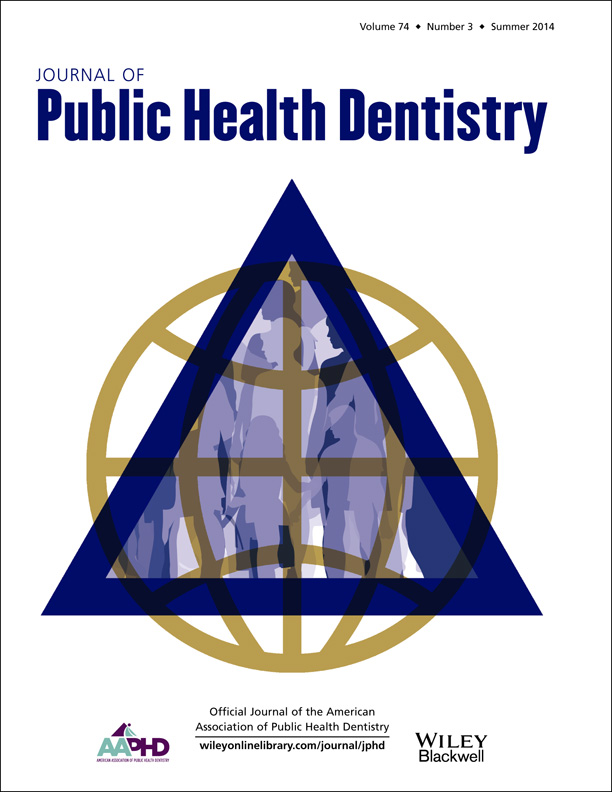Does fluoride in drinking water delay tooth eruption?
Abstract
Objectives
The objectives of this study are to determine the effect of fluoride exposure on permanent tooth eruption patterns as well as to understand its effect on caries attack rate by accounting for the number of erupted tooth surfaces.
Methods
We analyzed data from the 1986-1987 National Survey of Oral Health of US Schoolchildren to determine the mean number of erupted permanent teeth and permanent first molars according to fluoride level in drinking water. The analysis included 13,348 children aged 5-17 years with a history of single residence. We also estimated the attack rate (decayed, missing, and filled surfaces/surfaces at risk) for fluoride deficient, suboptimal, and optimally fluoridated areas adjusting for covariates. Multivariable statistical analyses were performed to control for potential confounders.
Results
By age 7, almost all permanent first molars had erupted. The adjusted mean number of erupted permanent first molars per child were 3.81, 3.67, and 3.92 in areas with <0.3, 0.3-<0.7, and 0.7-1.2 ppm of fluoride, respectively. The adjusted caries attack rate in the first permanent molars among 5- to 17-year-old children was 93, 81, and 78 per 1,000 surfaces in fluoride deficient, suboptimal, and optimally fluoridated areas, respectively (P < 0.0001). This pattern of higher first molar attack rate among children in the fluoride-deficient communities was also observed in all erupted teeth.
Conclusion
Exposure to fluoride in drinking water did not delay the eruption of permanent teeth. The observed difference in dental caries experience among children exposed to different fluoride levels could not be explained by the timing of eruption of permanent teeth.




